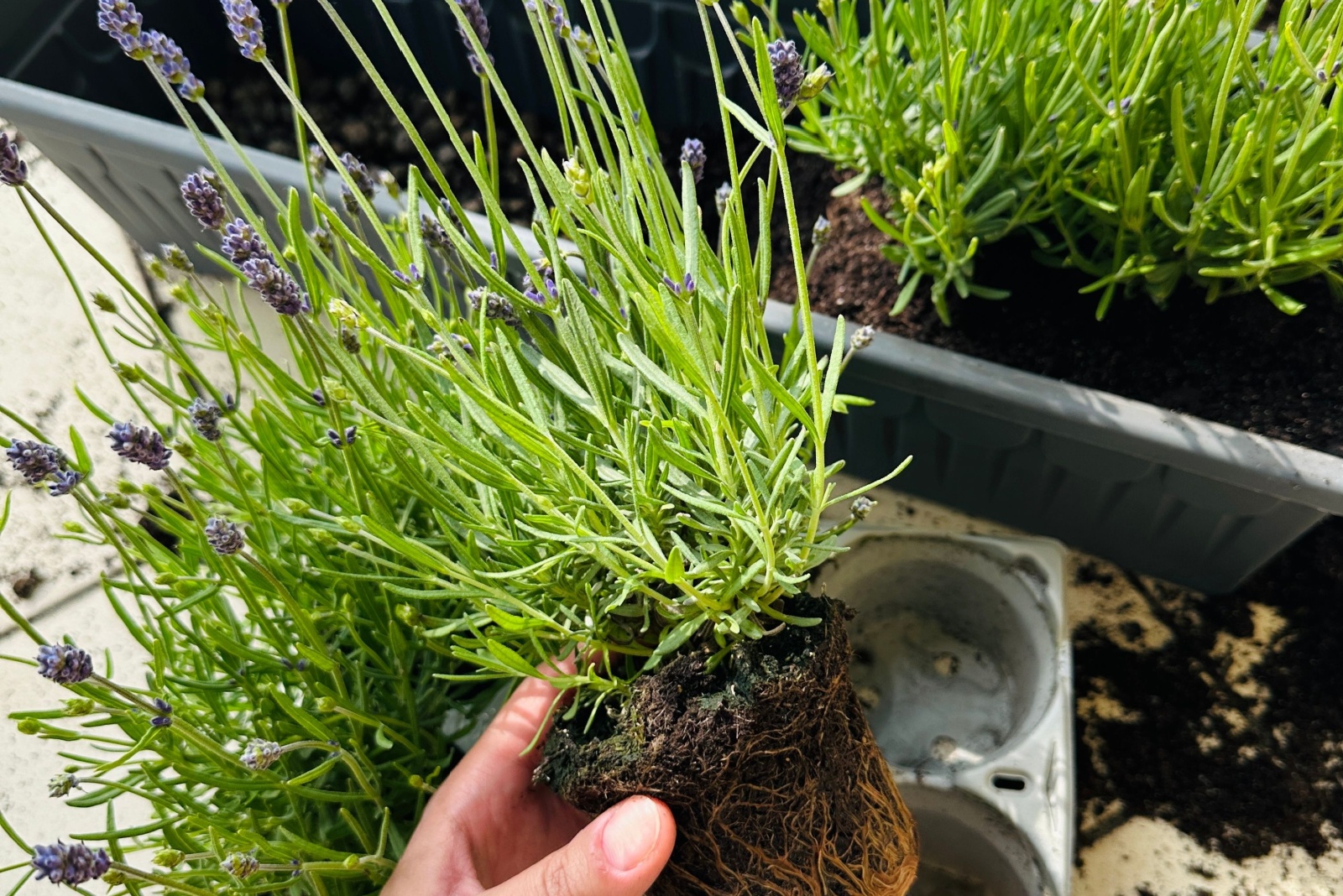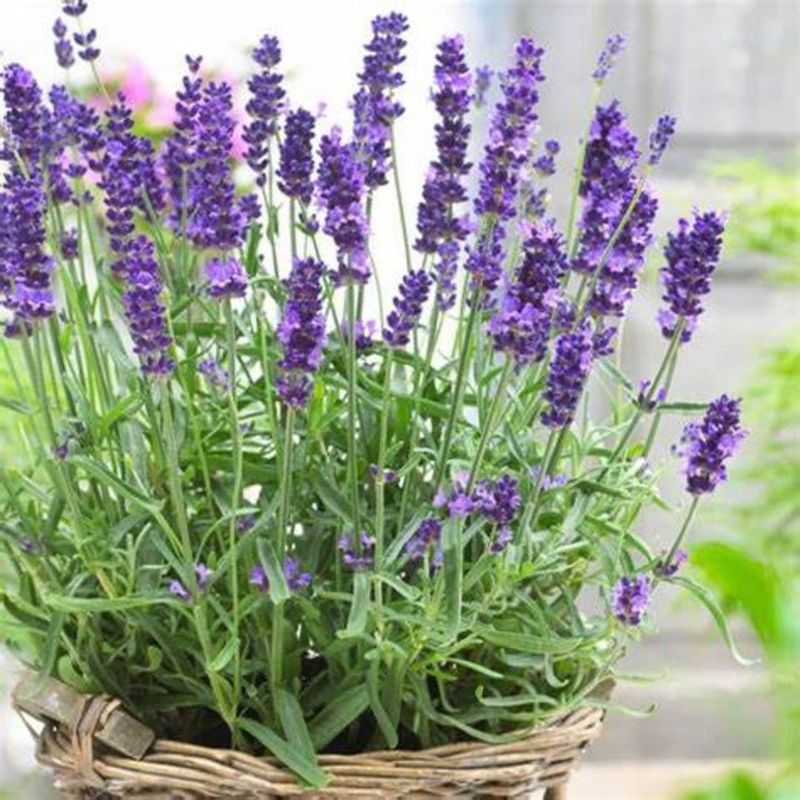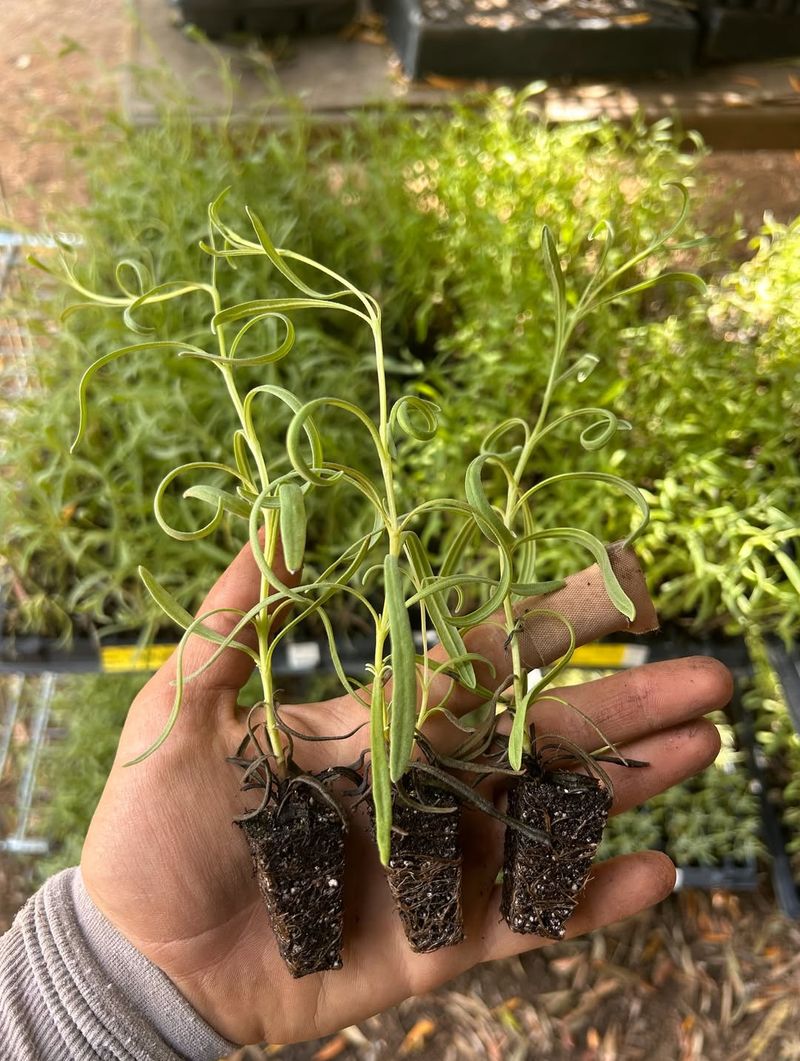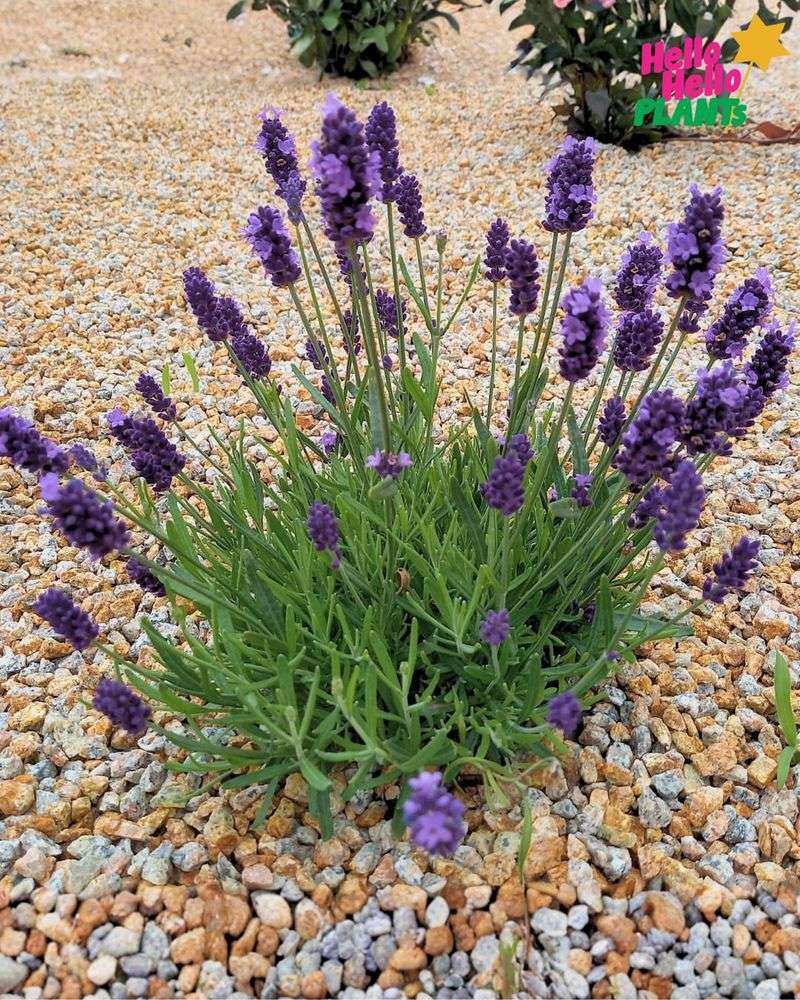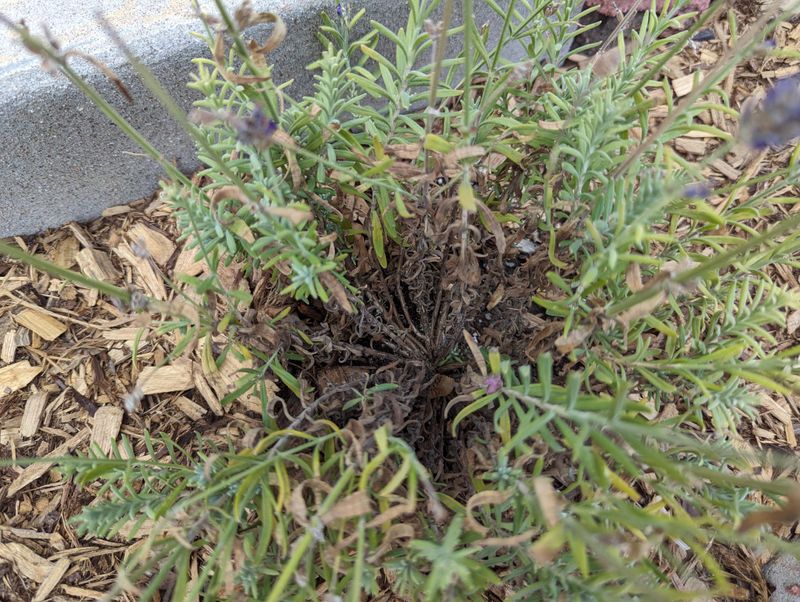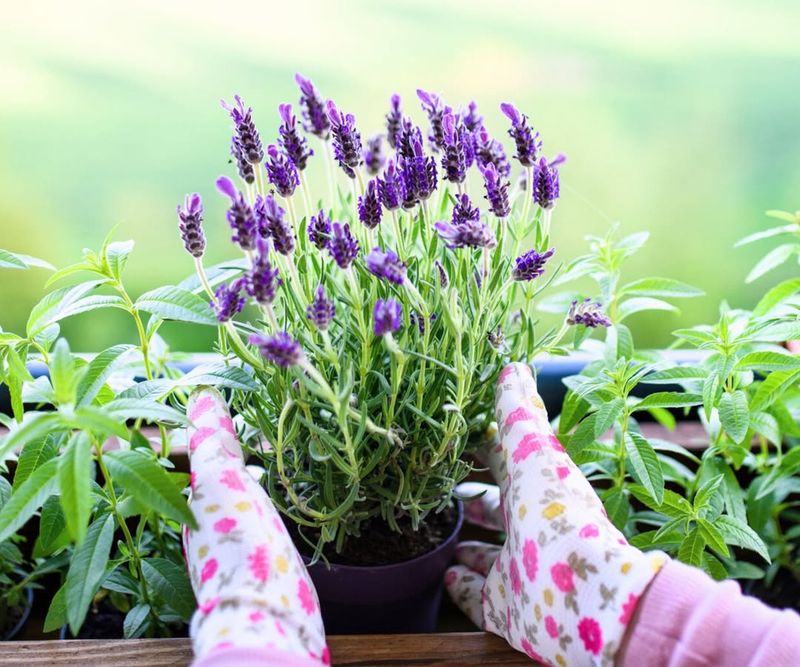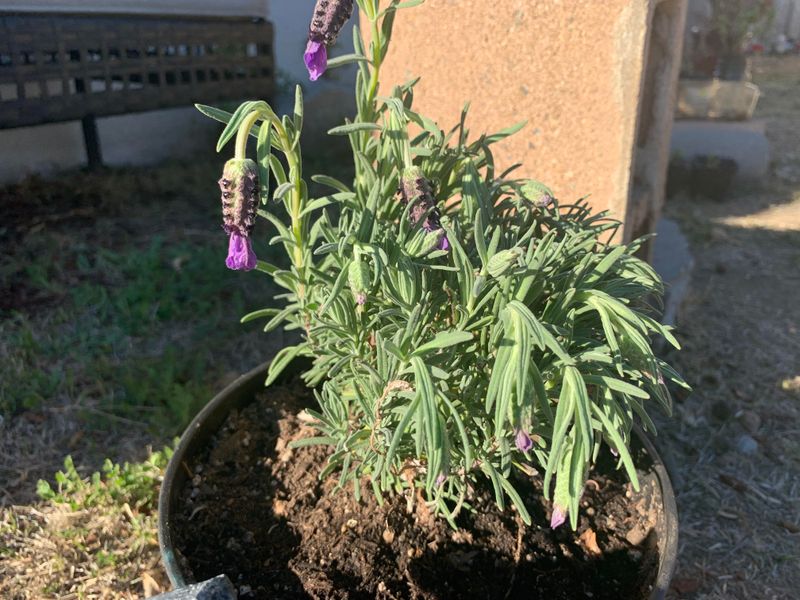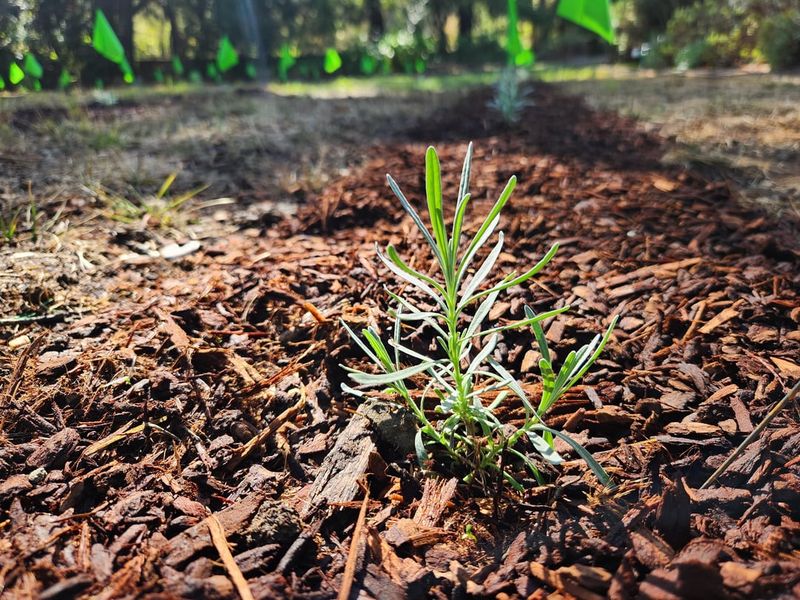Lavender plants fill California gardens with beautiful purple blooms and wonderful scents that everyone loves. Many gardeners think dividing these fragrant plants is a simple way to get more lavender for their yards.
However, splitting lavender apart can actually cause more problems than it solves, and you might end up losing your favorite plants instead of multiplying them.
1. Lavender Has Woody Stems That Don’t Recover Well
Unlike soft, flexible plants that bounce back quickly, lavender develops tough, woody stems as it matures. When you try cutting through these hard stems to divide the plant, you create wounds that rarely heal properly.
Most lavender varieties grown in California develop this woody character after just two or three years. The damaged areas become entry points for diseases and pests that can kill your entire plant within weeks. Instead of getting two healthy plants, you often end up with none at all because the woody tissue simply cannot regenerate new roots like softer plants can.
2. Root Systems Are Too Shallow For Safe Splitting
Lavender roots spread wide but stay surprisingly close to the surface, rarely going deeper than twelve inches into the ground. This shallow network makes it nearly impossible to divide the plant without destroying most of its delicate root hairs.
When you dig up lavender to split it, you inevitably cut through the majority of these feeding roots. California’s dry climate means plants need every single root to absorb enough water and nutrients. Damaged root systems cannot support the plant’s needs, leading to wilting, browning, and eventual death even with careful watering afterward.
3. Mediterranean Plants Prefer Staying Put
Native to the rocky hillsides of the Mediterranean region, lavender evolved to thrive in one spot for many years without being moved or disturbed. Once established, these plants develop specific relationships with soil microbes and adapt to their exact location.
Splitting lavender disrupts these carefully developed connections and forces the plant to start over from scratch. In California’s varied microclimates, a plant perfectly adapted to one spot might struggle just three feet away where sun exposure or drainage differs slightly. Leaving lavender undisturbed allows it to reach its full potential and live for decades.
4. Stress From Division Invites Fungal Problems
Any time you cut into a lavender plant, you create openings where harmful fungi can sneak inside and start growing. California’s coastal fog and morning dew provide perfect conditions for fungal spores to germinate on wounded plant tissue.
Common diseases like root rot and gray mold attack weakened lavender plants with special enthusiasm. A healthy, undivided plant can usually fight off these threats, but a stressed, recently divided one has no energy left for defense. Within days, you might notice blackened stems, drooping branches, or fuzzy gray growth spreading across your once-beautiful lavender.
5. Timing Is Nearly Impossible To Get Right
Books might suggest dividing lavender in spring or fall, but California’s unique weather patterns make finding the perfect moment extremely tricky. Divide too early, and late rains cause rot; divide too late, and summer heat kills stressed plants.
Different regions of California have completely different growing seasons, from foggy coastal areas to scorching inland valleys. What works in San Diego might fail miserably in Sacramento. Even experienced gardeners struggle to time division correctly, and beginners almost always choose the wrong week, dooming their plants before they even finish the job.
6. Success Rates Are Disappointingly Low
Professional nurseries report that fewer than half of divided lavender plants survive their first year, even with expert care and perfect conditions. Home gardeners face even worse odds, sometimes losing eighty percent or more of their divided plants.
Compare this to propagating lavender from cuttings, which succeeds about seventy to eighty percent of the time with basic techniques. Taking cuttings preserves your original plant while creating new ones, giving you better results with less risk. Why gamble with division when safer, more reliable methods exist that actually work in California’s challenging climate?
7. Better Propagation Methods Exist For California Conditions
Smart California gardeners multiply their lavender using stem cuttings taken in late spring or early summer when plants are actively growing. Simply snip four-inch pieces from non-flowering shoots, remove lower leaves, and stick them in sandy soil.
This method works beautifully with California’s warm, dry summers and gives you dozens of new plants without risking your original lavender. Cuttings root within three to six weeks and grow into full-sized plants by the following year. You can also layer low-growing branches by pinning them to the ground until they develop roots, creating foolproof new plants without any cutting at all.

